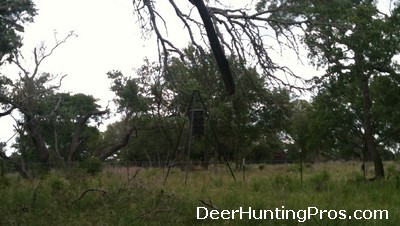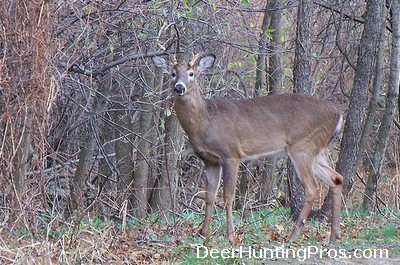Michigan Antlerless Deer Permits
My freezer looks empty so deer hunting season can not get here soon enough. The Michigan Department of Natural Resources reminds hunters that the application period for antlerless deer permits is now open and runs through August 15. Hunters may apply for one license in any open Deer Management Unit (DMU) statewide; a nonrefundable $5 fee is charged at the time of application. Hunters may choose to apply for either one private-land or one public-land license online at E-License or at any authorized license agent or DNR Customer Service Center.
Young hunters, ages 9-16, can purchase one junior antlerless deer license over the counter July 15-Aug. 15. No application is required. A 9-year-old must be 10 by Sept. 26 to purchase this license.
MI Deer Hunting Licenses
Any leftover Michigan deer licenses not issued in the drawing will be sold on a first-come, first-served basis beginning Sept. 8 at 10 a.m. EDT, until license quotas are met. Antlerless deer license quotas for each DMU can be found at mi.gov/deer. Please note, DMU 333 has unlimited antlerless licenses that may be purchased without application beginning Sept. 8 at 10 a.m.
Drawing results and leftover license availability may be viewed at mi.gov/deer, beginning Sept. 1. For additional information, the 2016 Michigan Antlerless Deer Digest is available online.
Prep for Deer Hunting Season
It’s still summer with warm temperatures, but it’s already time to start preparing for the Michigan whitetail deer hunting season. That means getting scouting cameras out for summer surveys and setting up stands for fall success . There are many ways to bag a deer, but it’s hard to beat food plots for deer hunting in Michigan. No better time to start field prep for your whitetail plots than in late summer.
If you are unsure of your stand location, now is the time to consider making your move. A stand that has been in the same location for years can become stale; deer learn to avoid your location so a move of just 100 yards can make all the difference. Go with your gut and setup along travel corridors and pinch points.
Pure Michigan Hunt – Dream Hunt for Elk, Deer & More
Also, hunters can purchase a $5 Pure Michigan Hunt applications anywhere licenses are sold. Hunters may buy as many applications as they want. Three lucky winners will get prize packages that include elk (Michigan residents only), bear, deer and turkey licenses; first pick at a managed waterfowl hunt area, plus firearms, crossbows and much more – a prize package worth over $4,000.

